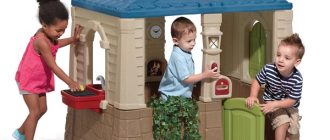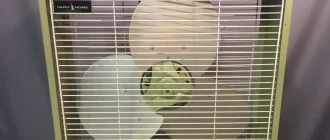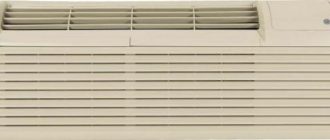Looking for parts?
Enter model number, part number, part type, brand, or part description and press Enter:
It’s been hot in most parts of the country and air conditioners have been running nonstop. This is frequently the time when things go wrong.
One of the most common complaints about air conditioners is that they are leaking water inside your basement.
What is going on?
This is how air conditioners work:
Air conditioners cool your house by removing humidity from the air. The water that results from the humidity flows through your furnace and comes out through the evaporator coil which delivers the cooling. Gallons of water are produced as a result of this process, water that needs to be disposed of. When your AC is works correctly, the collected water drips down into the pan located under the evaporator coil.
This pan is connected to a pipe, which carries the water through a tube, into the floor drain which takes the water to the outside drainage.
When this process doesn’t work as it should, the water ends up on the floor of your basement.
To diagnose the route the water is taking to the floor, use a flash light and follow the path the water is making. Is the water originating from the side of the furnace or from the bottom of the furnace?
Check to see if water has accumulated on the inside cabinet of the furnace. The area inside the cabinet should be dry, so if you have water there, it’s a problem. If this is the case, you should turn the furnace off before more damage is caused and call your heating and cooling technician.
If the water originates at the top of the furnace and runs down the side of the unit, it could be because there is blockage in the hose or in the drain fittings of the pan.
- Check the hose and make sure that it is clear and not obstructed by dirt or debris.
- Check the discharge end of the hose, and make sure that there are no air bubbles or obstructions and that water can flow out without any problems.
- The discharge end of the hose should not be underwater.
- Make sure that the hose from the furnace to the drain runs continually downhill.
- Make sure that there are no kinks, folds or obstructions in the hose or tube.
- If the hose seems to be obstructed in any ways, you can blow an air compressor into the discharge end of the hose, place the hose quickly by the drain, and wait for it to drain.
- If you need to disassemble a hose, detach it from the fittings, and if hose is damaged, leaking, it should be replaced.

AC Plastic Tubing
- Check drain and hose fittings to make sure that they are not leaking. This includes elbow, coupler, tube, hose connector, hose adapter, hose drain assembly and drain pan fittings. Make sure that none of the fittings are cracked or damaged. If fittings are old or damaged, they should be replaced.

Hose Connector Parts
More Air Conditioner Parts, Repair Advice, and Maintenance Tips













